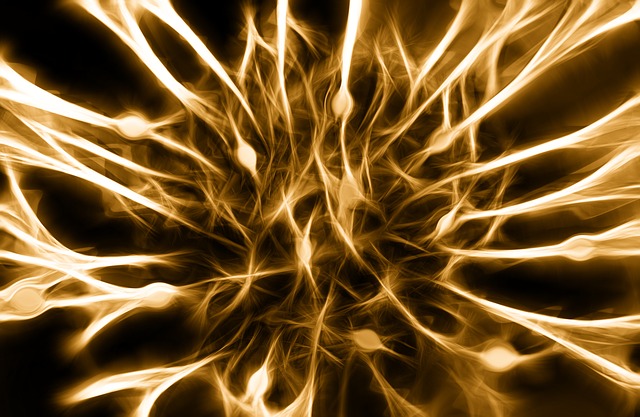Living Cell Technologies, a New Zealand company, is developing treatment using porcine cells transplanted to the brain of patients with Parkinson’s disease in an attempt to halt disease progression. Four patients have undergone this type of transplant and doctors believe that, 18 months after surgery, the results are “promising”.
Parkinson’s disease is caused by the gradual loss of certain brain cells, namely those that produce dopamine, which helps to control movement. Current treatments replace the missing dopamine but their efficacy diminishes over time.
The test highlights a new strategy using porcine choroid plexus cells. These cells produce a cocktail of growth factors and signalling molecules known to promote healthy nerve cells. The treatment has been well tolerated by the first four patients. A further 18 subjects have been enrolled in the trial. The aim is for the compounds generated by porcine cells to nourish dopamine-producing cells in the patient’s brain, slowing down cell loss. It is a case of “creating a small neurochemical plant to promote growth and repair nerve cells,” explained Ken Taylor from Living Cell Technologies.
To prevent rejection by the patient’s immune system, the porcine cells are given a porous coating of alginate, which allows the growth factors to move around in the surrounding cerebral tissue but prevents the patient’s immune cells from entering to attack the porcine cells. Each capsule contains approximately 1,000 porcine cells, and a patient can receive up to 120 capsules.
The next results are expected in November. Scientists remain vigilant because animal to human transplants could carry “dormant” viruses in porcine DNA and trigger a new disease. Tests have been carried out with CRISPR to eliminate these viruses from the pig genome.
This new approach is “competing” with another trial with the same aim, but using cells obtained from aborted foetuses. Other teams hope to carry out this kind of experiment with induced pluripotent stem cells (iPS).
New scientist, Clare Wilson (12/06/2017)
Photo : Pixabay

